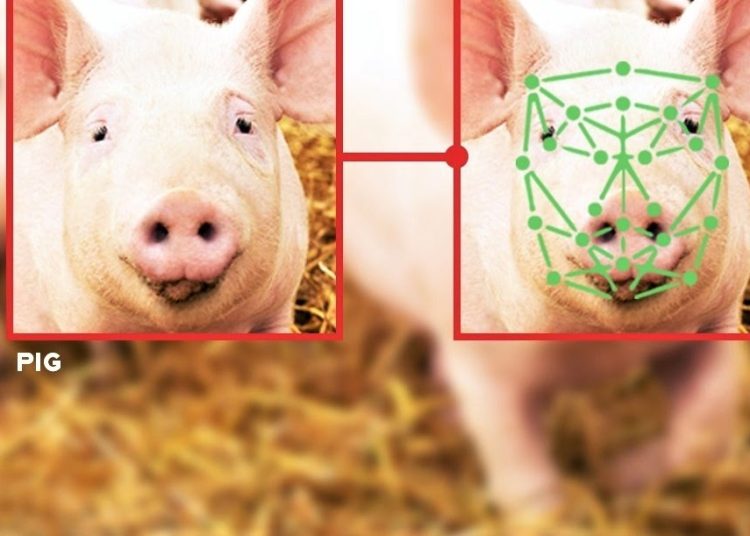Artificial intelligence is making substantial progress in understanding animal emotions and offering new insights into their well-being and behavior.
While animals have long been part of our lives, deciphering their emotions has remained a challenge. However, thanks to advancements in AI, we’re now on the brink of a revolutionary shift in how we perceive and care for animals.
Through analyzing facial expressions, body language, and even vocalizations, AI is helping researchers and animal caregivers identify signs of distress, pain, and joy in animals. This new understanding promises not only to improve animal welfare but also to reshape the way we interact with them.
AI Apps Being Used to Decode Animal Emotions
IntelliPig System
The IntelliPig system, developed by the University of the West of England, Bristol, and Scotland’s Rural College, takes a close look at pigs’ faces to assess their emotional well-being. The system identifies signs of pain, stress, and illness, alerting farmers to possible issues before they escalate. With AI monitoring their facial expressions, farmers can ensure pigs live healthier, happier lives.
Dog Facial Expression Analysis
Dogs, our royal companions, share many facial expressions with humans. Researchers at the University of Haifa are leveraging this similarity to train AI systems that can detect discomfort and emotional distress in dogs.
These AI systems are able to analyze subtle changes in a dog’s face, identifying when they may be in pain or feeling anxious. By understanding these emotions more accurately, pet owners and veterinarians can respond to their pets’ needs much more effectively.
Detection of Pain in Horses
A groundbreaking study by a researcher at the University of São Paulo has demonstrated AI’s power in recognizing pain in horses. Using photos taken before and after surgeries or pain-relief treatments, AI systems have been trained to focus on specific features like the eyes, ears, and mouth.
The result? An impressive 88% success rate in identifying pain. This kind of technology could vastly improve pain management for horses and other animals, ensuring they receive timely care and attention.
As promising as AI is in this field, challenges remain. AI needs large, diverse datasets of animal behaviors and emotions, something that can be difficult to collect due to the complexity of animal behavior and the need for extensive observation.
Additionally, animals experience a range of emotions, from joy to fear, which are often expressed through subtle changes in facial expressions and body language. AI must be able to interpret these nuanced signals to make accurate assessments.
As AI continues to evolve, it’s likely that new applications will emerge to help us understand and care for animals in ways previously unimaginable. From improving livestock management to enhancing the lives of pets, AI’s ability to decode animal emotions could lead to a more compassionate world for all living creatures.





























